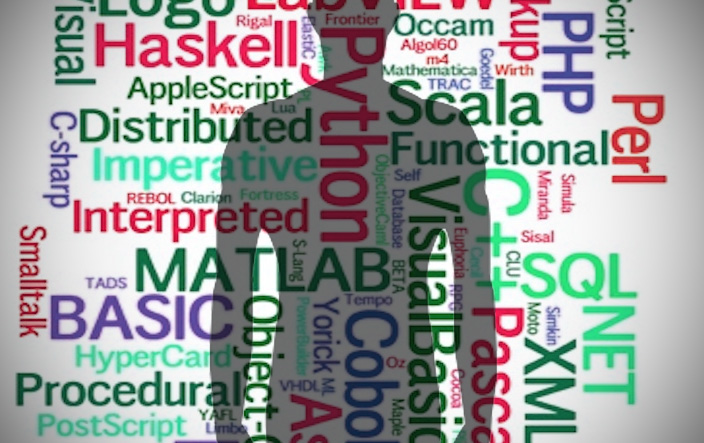When was the last time you opened your laptop midconversation or brought your desktop computer to the dinner table? Ridiculous, right? But if you are like a large number of Americans, you have done both with your smartphone.
Less than a decade after the introduction of the first iPhone, more people reach for their smartphones first thing in the morning than reach for coffee, a toothbrush or even the partner lying next to them in bed. During the day, with a smartphone in our pocket, we can check our email while spending time with our children just as easily as we can text a friend while at work. And regardless of what we are doing, many of us are bombarded by notifications of new messages, social media posts, breaking news, app updates and more.
Anecdotal evidence suggests that this pervasiveness of smartphones is making us increasingly distracted and hyperactive. These presumed symptoms of constant digital stimulation also happen to characterize a well-known neurodevelopmental disorder: Attention Deficit Hyperactivity Disorder, or ADHD. Could the pinging and dinging of our smartphones be afflicting even those of us not suffering from ADHD with some of that condition’s symptoms? As a behavioral scientist, I set out to test this idea in a well-controlled experiment.
Studying digital interruption
My colleagues and I recruited 221 millennials – students at the University of British Columbia – to participate in a two-week study. Importantly, these participants were recruited from the university’s general participant pool, rather than from a population of students diagnosed with ADHD.
During the first week, we asked half the participants to minimize phone interruptions by activating the “do-not-disturb” settings and keeping their phones out of sight and far from reach. We instructed the other half to keep their phone alerts on and their phones nearby whenever possible.
In the second week, we reversed the instructions: Participants who had used their phones’ “do-not-disturb” settings switched on phone alerts, and vice versa. The order in which we gave the instructions to each participant was randomly determined by a flip of a coin. This study design ensured that everything was kept constant, except for how frequently people were interrupted by their phones. We confirmed that people felt more interrupted by their phones when they had their phone alerts on, as opposed to having them off.
Measuring inattentiveness and hyperactivity
We measured inattentiveness and hyperactivity by asking participants to identify how frequently they had experienced 18 symptoms of ADHD over each of the two weeks. These items were based on the criteria for diagnosing ADHD in adults as specified by the American Psychiatric Association’s Diagnostic and Statistical Manual (DSM-V).
The inattentiveness questions covered a wide range of potential problems, such as making careless mistakes, forgetting to pay a bill and having difficulty sustaining attention or listening to others. The hyperactivity questions were similarly broad, assessing things like fidgeting, feeling restless, excessive talking and interrupting others.
The results were clear: more frequent phone interruptions made people less attentive and more hyperactive.
Because ADHD is a neurodevelopmental disorder with complex neurological and developmental causes, these findings in no way suggest that smartphones can cause ADHD. And our research certainly does not show that reducing phone interruptions can treat ADHD. But our findings do have implications for all of us who feel interrupted by our phones.
Smartphone ubiquity poses risks
These findings should concern us. Smartphones are the fastest-selling electronic gadget in history – in the 22 seconds it took to type this sentence, 1,000 smartphones were shipped to their new owners. Even if one of those 1,000 users became more likely to make a careless mistake, ignore a friend in the middle of a conversation or space out during a meeting, smartphones could be harming the productivity, relationships and well-being of millions.
As with all disorders, symptoms of ADHD form a continuum from the normal to the pathological. Our findings suggest that our incessant digital stimulation is contributing to an increasingly problematic deficit of attention in modern society. So consider silencing your phone – even when you are not in the movie theater. Your brain will thank you.
![]()
Kostadin Kushlev, Research Associate in Psychology, University of Virginia
This article was originally published on The Conversation. Read the original article.
















